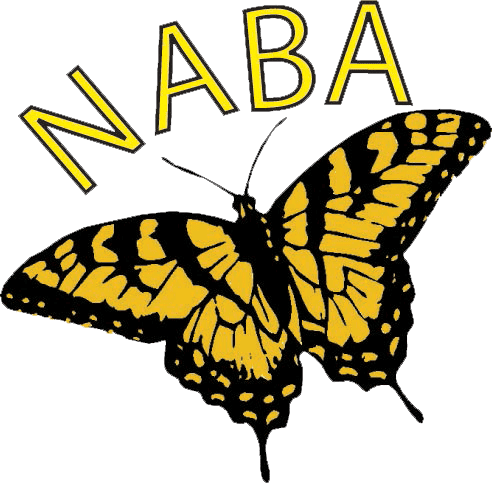Lane County Butterfly Club – Gardening
Gardening for Butterflies
Growing Milkweed and Raising Monarchs
General information about growing milkweed which is used by adult monarchs for nectar and by the larvae as a host plant. Click Here
Monarch Butterflies in Western North America:
Native Plant Suppliers
Find a list of local suppliers of native plants. Click Here
Check out Tanya Harvey’s list of favorite butterfly plants. Click Here
Native Plants for Butterfly Gardening
in the Southern Willamette Valley (Oregon)
B. Newhouse, January 2001
You have probably read about planting flowers for butterflies, but much of the published information doesn’t help you provide the best habitat for our local butterflies. Nearly all plants that are promoted as butterfly plants focus on attracting adult butterflies to nectar. They don’t help you provide food for the entire life cycle of butterflies and aren’t necessarily suited for our local conditions or our local butterfly species.
Why Garden with Native Plants for Butterflies?
Local native butterflies and native plants evolve together. This strong relationship is particularly important for butterfly caterpillars and their host (food) plants. Some butterfly species will use only a single native plant species (or closely-related group of species) as a host and won’t use plants brought in from other places. Also, native plants also benefit a variety of native insects and birds, and they are easy to care for because they are well-adapted to our climate. Please be aware that some non-native plants promoted for butterfly gardening can even be harmful to butterflies and the environment. Butterfly Bush, in particular, is a nectar plant that is beginning to escape along our local streams and crowd out native willows — which are choice butterfly host plants! And the common Sweet Violet (Viola odorata) can be fatal to fritillary caterpillars if eaten. Ouch!!
Some Tips for Butterfly Gardening with Native Plants
1. KNOW YOUR SITE: and match the plant to your site conditions. Plants each have their own needs for sun, water and soil type. Evaluate your yard or garden to determine which plants would do best. More information on propagation and requirements of native plants can be found in Gardening with Native Plants of the Pacific Northwest by Arthur R. Kruckeberg, and Propagation of Pacific Northwest Native Plants by R. Rose, E. C. Chachulski, and D. L. Haase. Be aware that these books cover plants from several ecoregions, and do not have the critical *local* orientation for best native plant gardening!
2. THINK LOCAL: Insist on plant stock propagated locally to preserve local genetics. Importing plants from out of the local area can affect our local plants in the wild, and cause loss of local unique colors and other features, and can adversely affect the flowering times of our local populations — and that could affect butterflies! Try to get seed or plant stock originating from within 20 miles of your garden site. If not, from farther is OK, but the bottom line should be that the plant’s origins must be from within the Willamette Valley. This is important so that local plants aren’t harmed by hybridizing with plants that evolved in other areas under different conditions, and that may differ genetically.
3. BE PATIENT: some native plant species will be hard to find. The plants listed in this handout are sometimes available at local nurseries that carry native plants, but you may have to work a bit harder for others. Don’t despair, take your time – it will be worth it! More people asking for local native plants will give nurseries incentive to stock them. Some species can be found through your local chapter of the Native Plant Society of Oregon, and our local NABA chapter may also get involved in propagating species for members which are not available in nurseries. Alternatively, professional botanists can help find and collect seed, and professional growers can be contracted to grow them out for best success. This is not cheap, but can be very effective and accomplishes #1 and #2 above.
